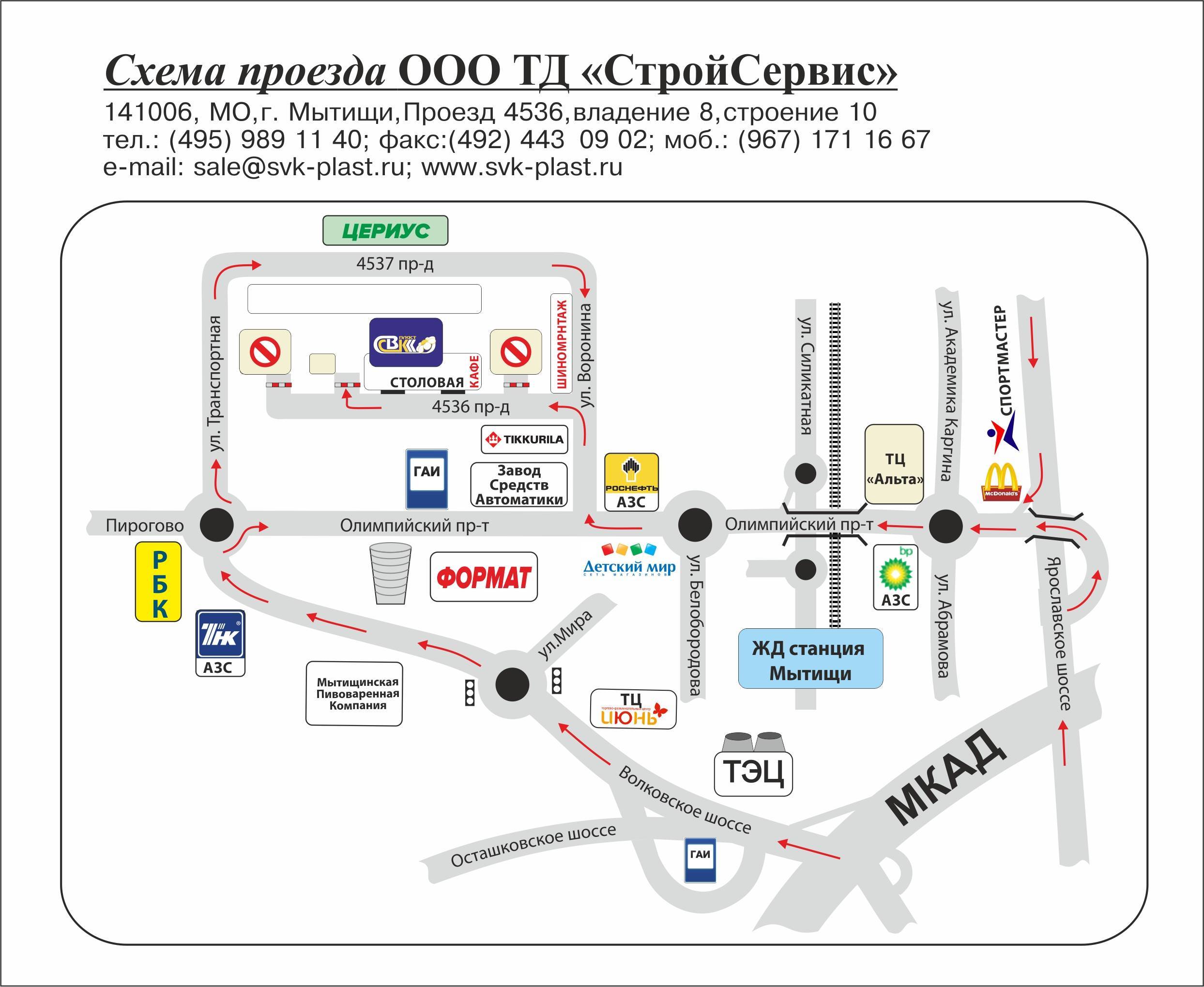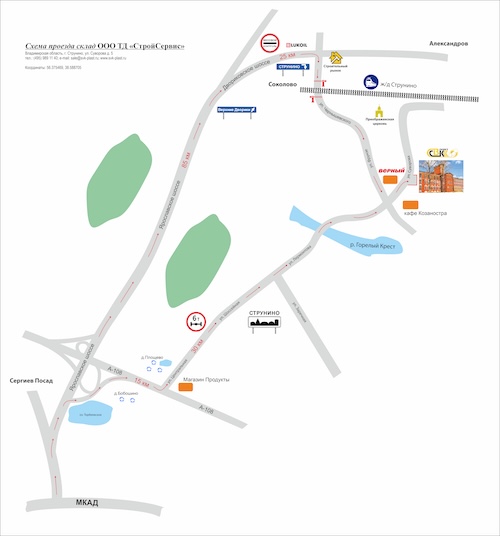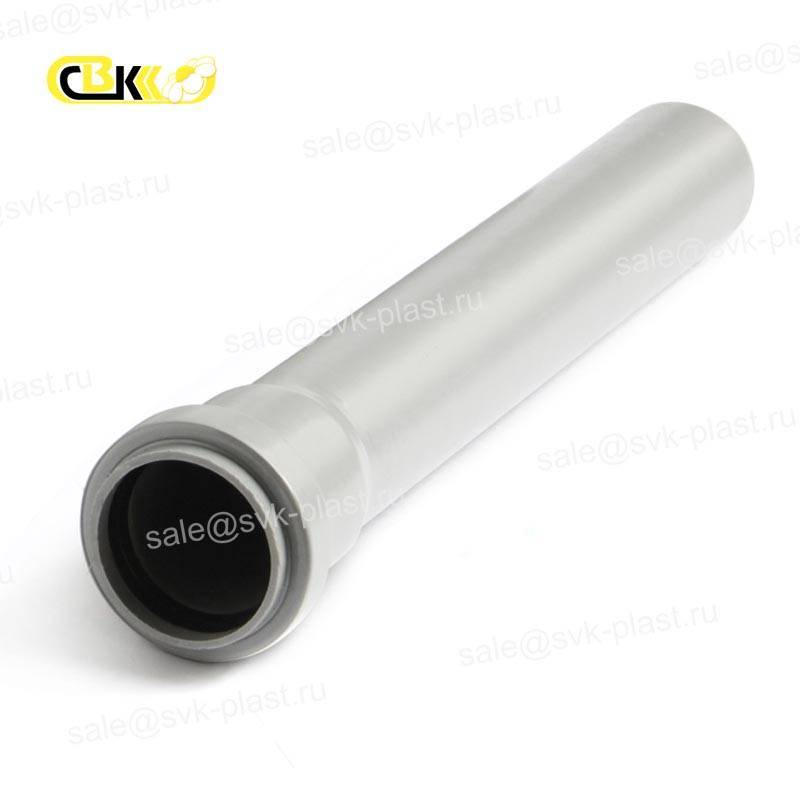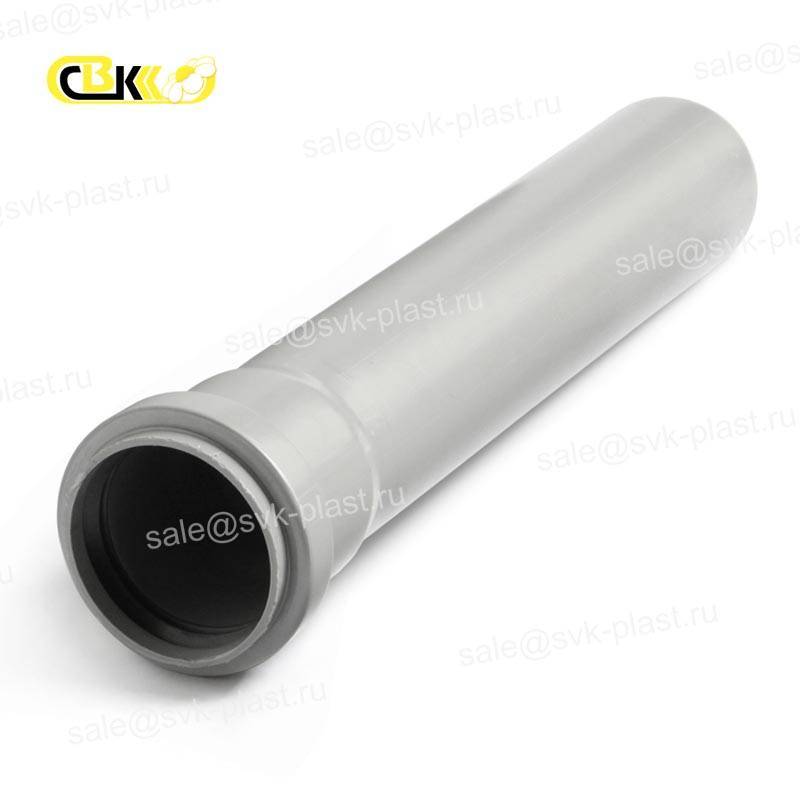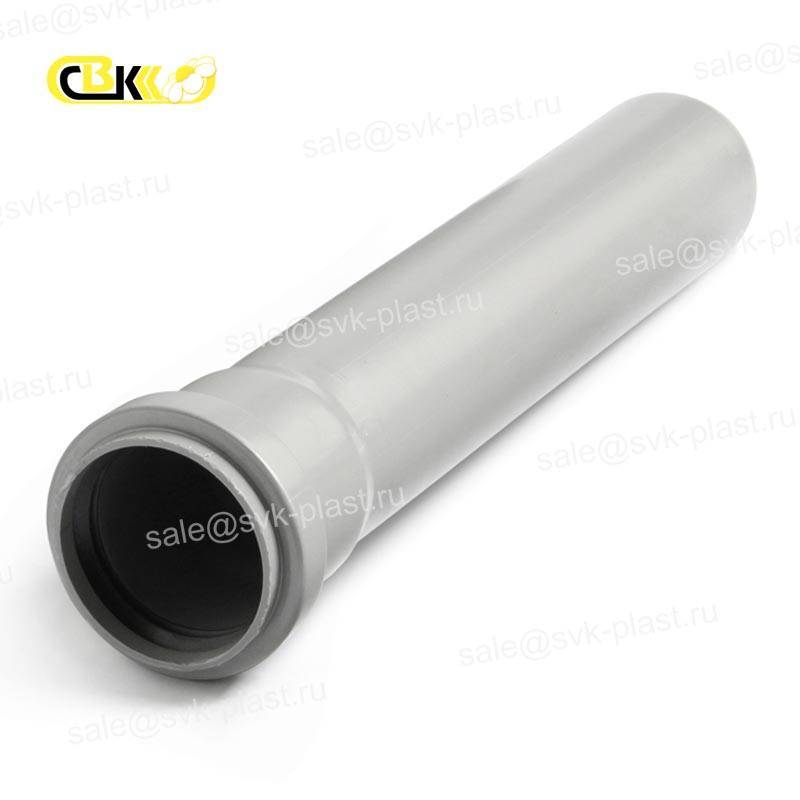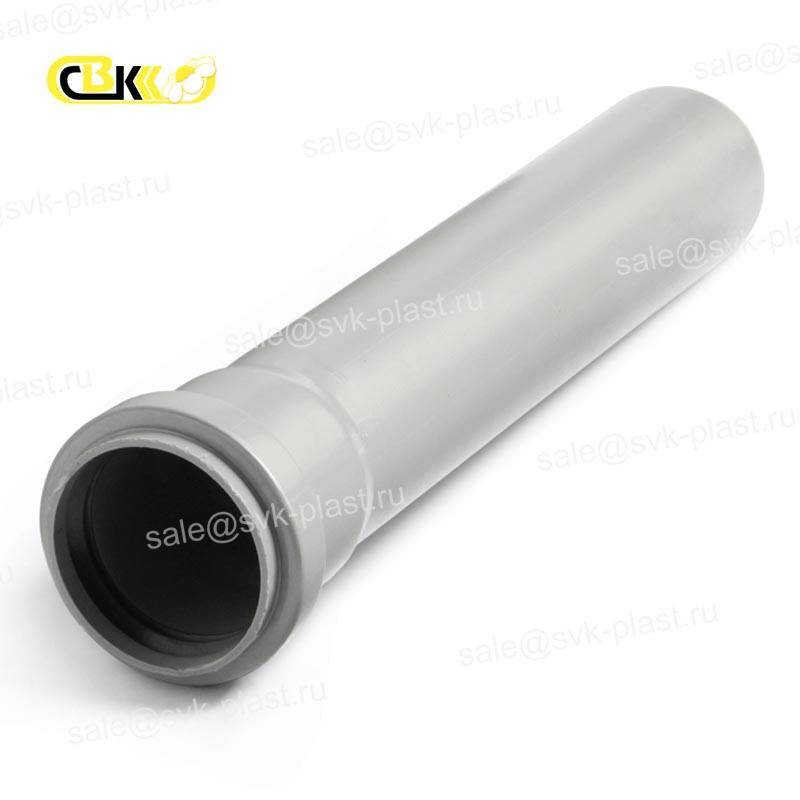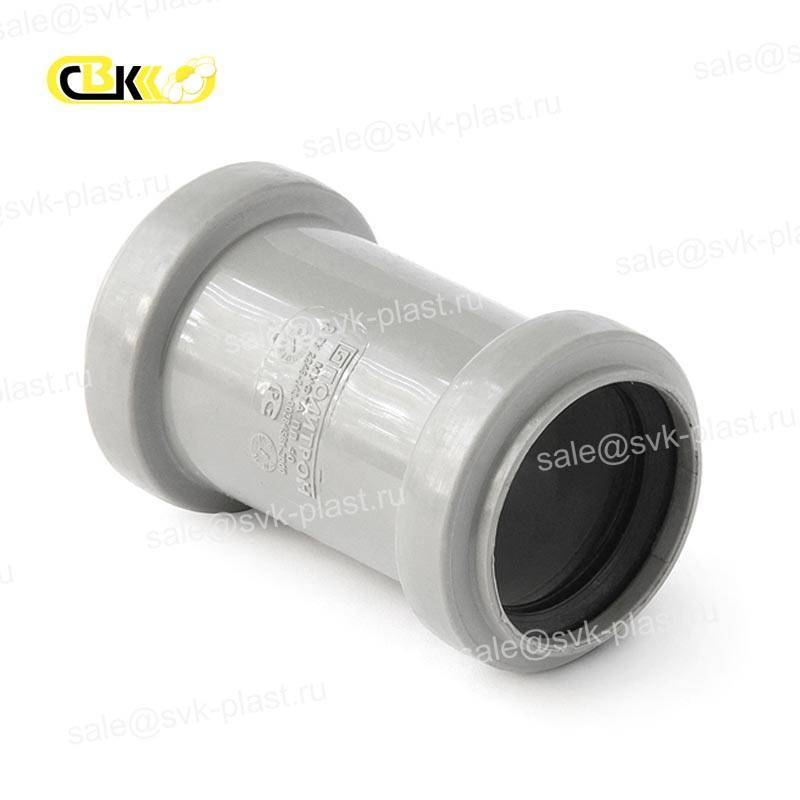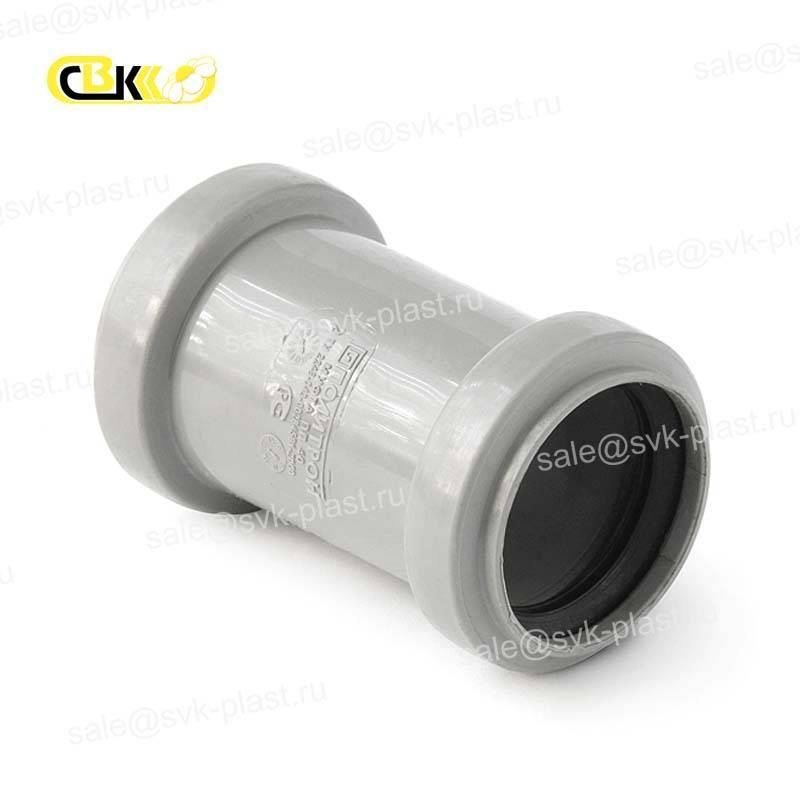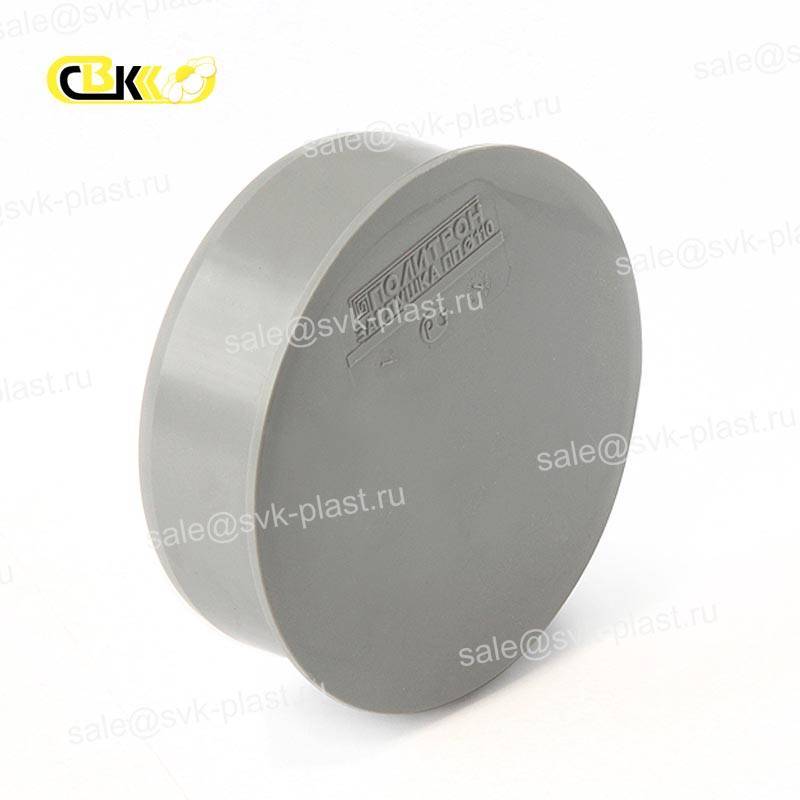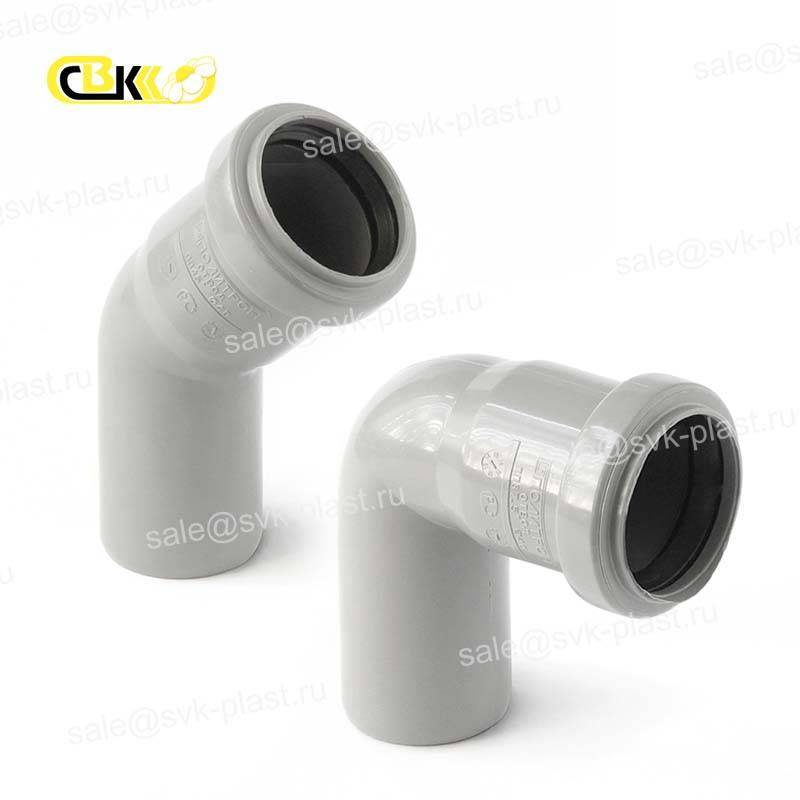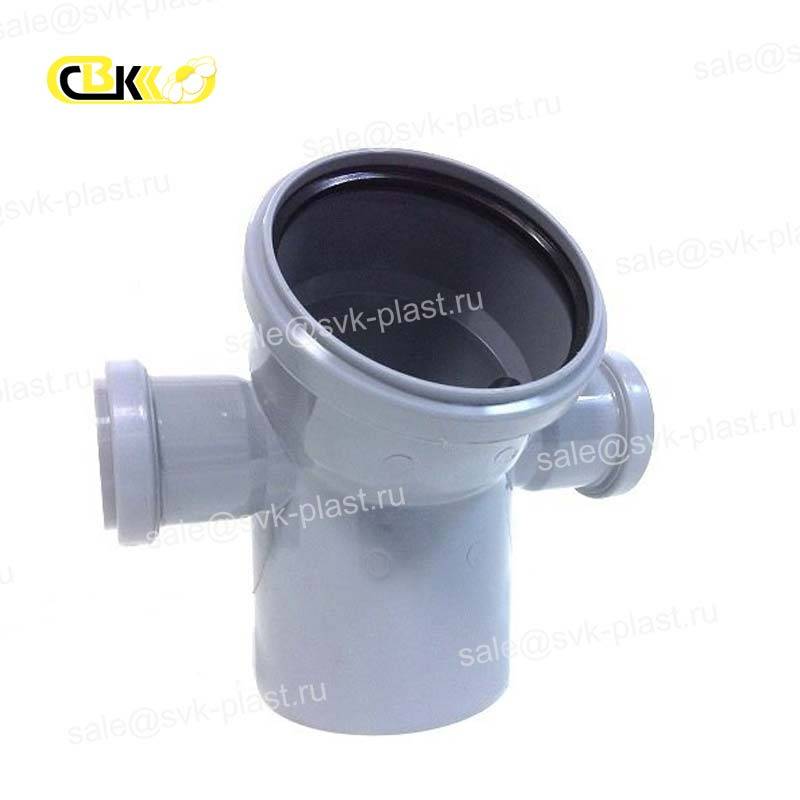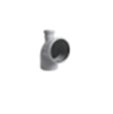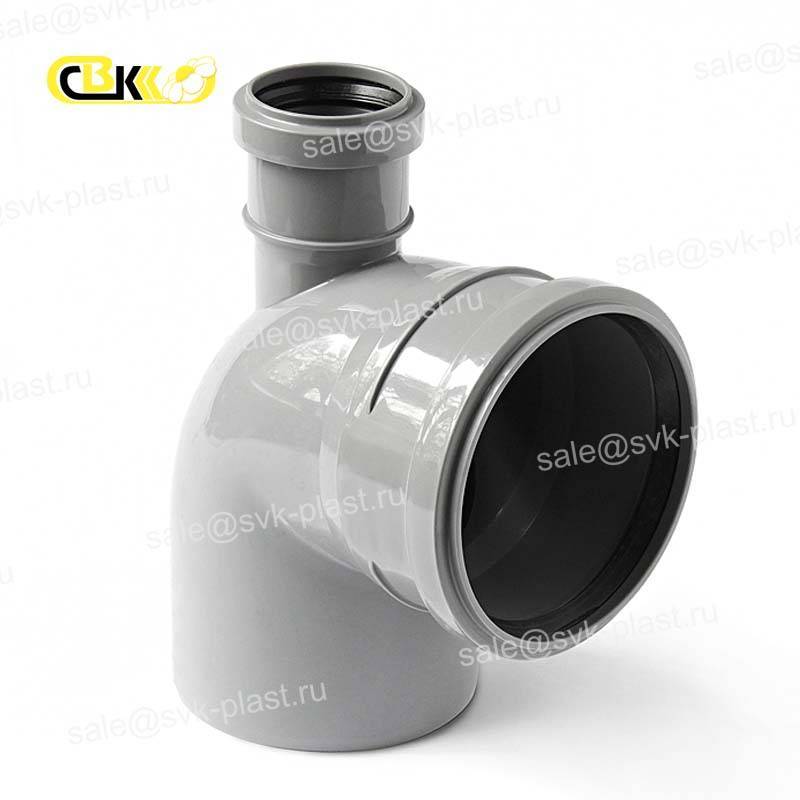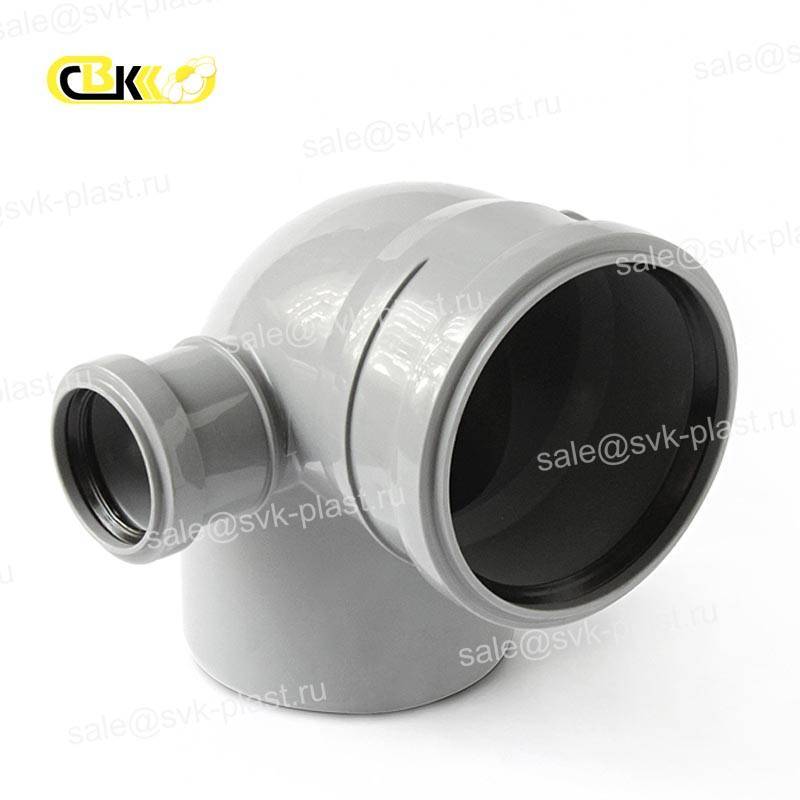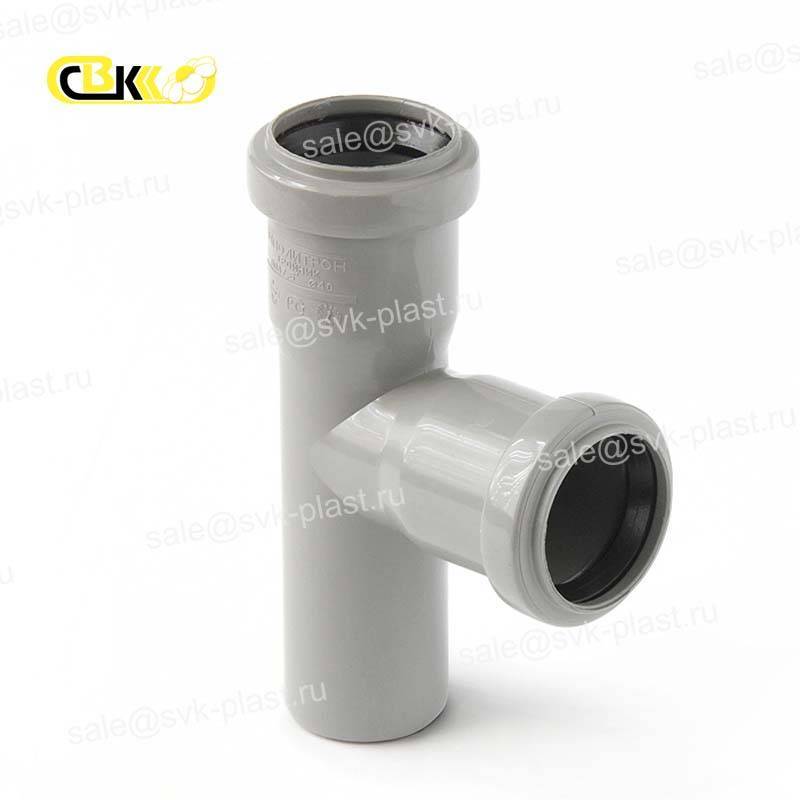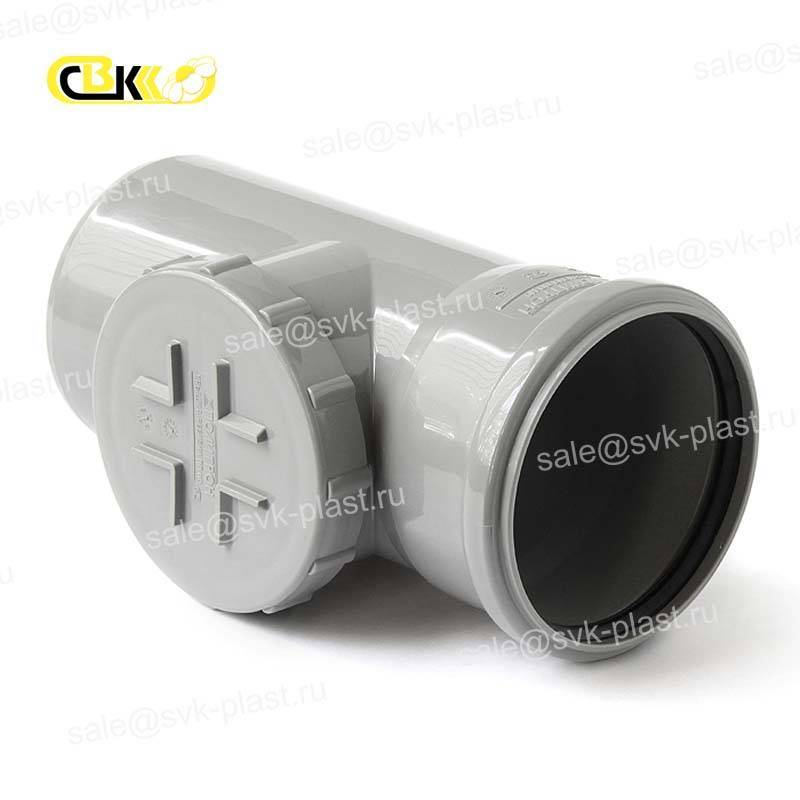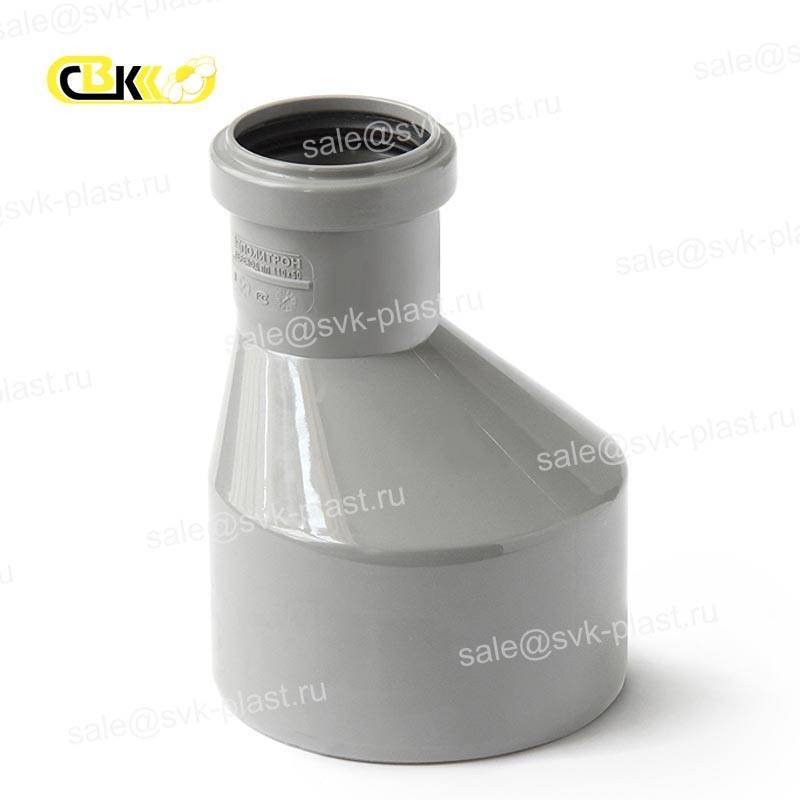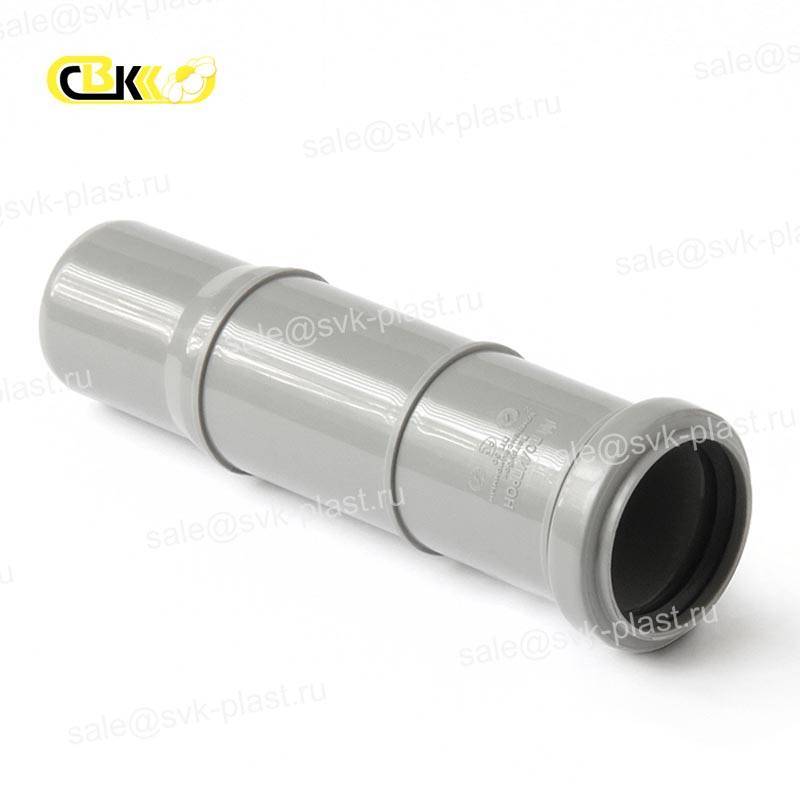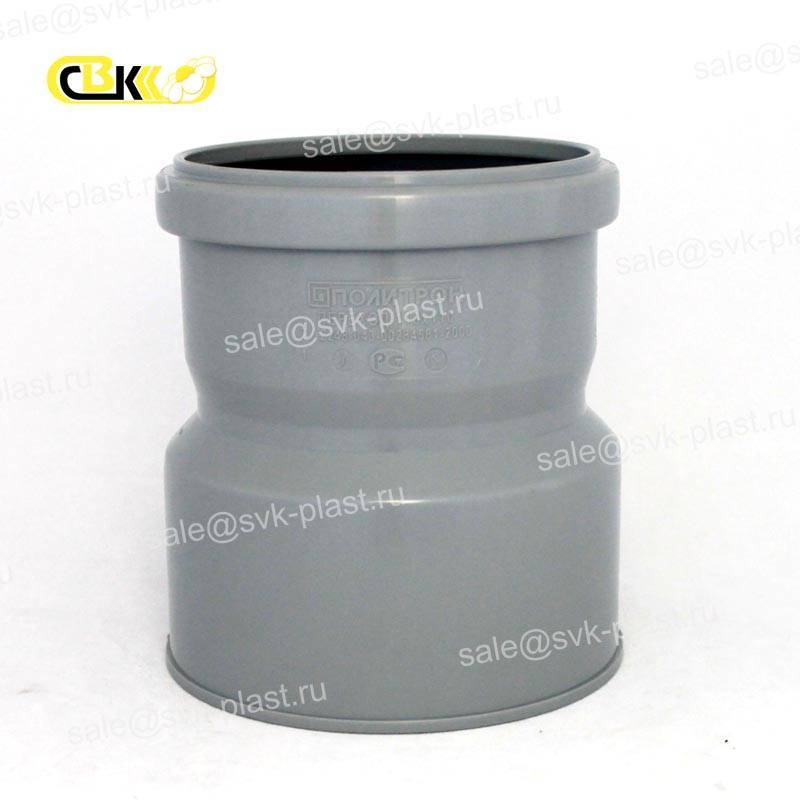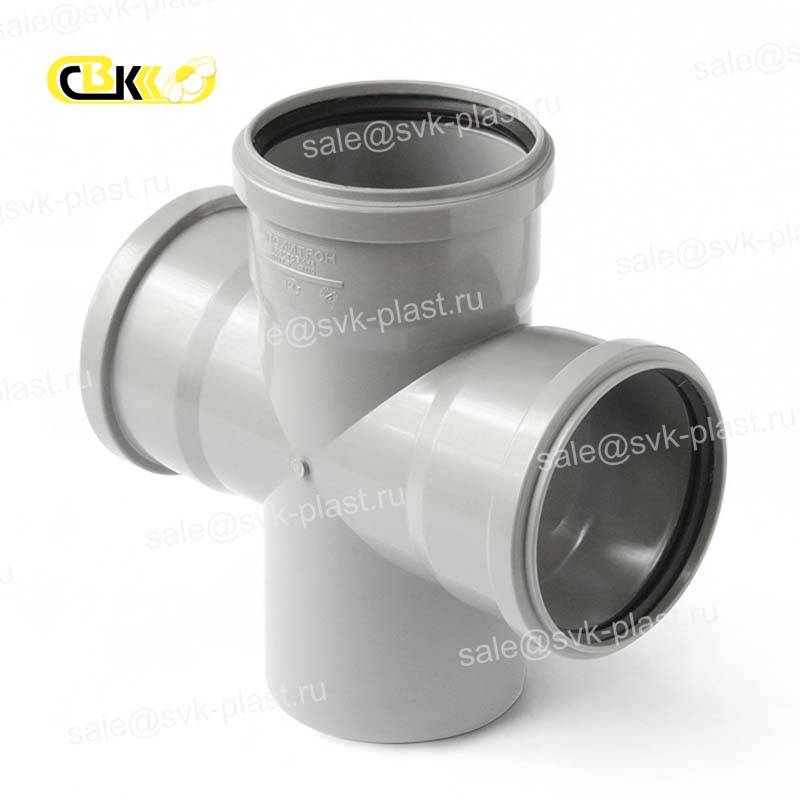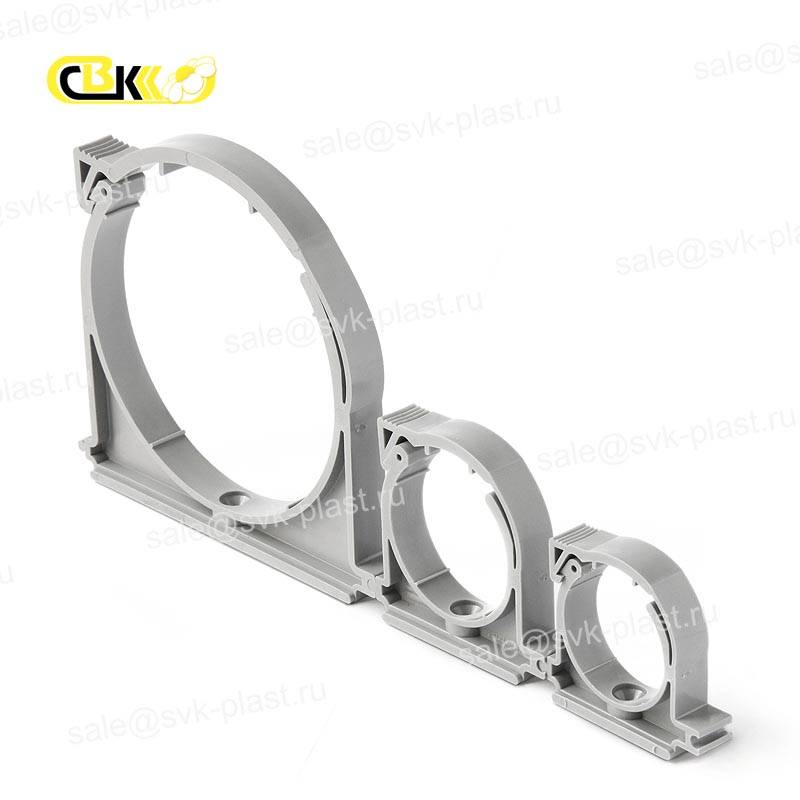Internal Sewerage Polytron
Polytron plant is a recognized manufacturer and supplier of pipes and connection elements for sewage systems Polytron products are popular due to their high quality and durability Polytron Sewerage is the strength of parts, ease of installation and long service life For the construction of sewer systems in residential buildings or large industrial enterprises, the Polytron pipe is the best choice! Select Polytron products and accessories in our extensive catalog
PP Pipes 32
| Vendor code | Name |
|---|---|
| 113200P | PP pipe 32x2000 |
| 113150P | PP pipe 32x1500 |
| 113050P | PP pipe 32x500 |
| 113025P | PP pipe 32x250 |
| 113100P | PP pipe 32x1000 |
| 113750P | PP pipe 32x750 |
| 113015P | PP pipe 32x150 |
PP Pipes 40
| Vendor code | Name |
|---|---|
| 114750 | PP pipe 40x750 |
| 114015 | PP pipe 40x150 |
| 114100 | PP pipe 40x1000 |
| 114050 | PP pipe 40x500 |
| 114200 | PP pipe 40x2000 |
| 114150 | PP pipe 40x1500 |
| 114025 | PP pipe 40x250 |
PP Pipes 50
| Vendor code | Name |
|---|---|
| 500047 | PP pipe 50x750 |
| 500053 | PP pipe 50x2000 |
| 500051 | PP pipe 50x1500 |
| 500049 | PP pipe 50x1000 |
| 500055 | PP pipe 50x3000 |
| 500045 | PP pipe 50x500 |
| 500043 | PP pipe 50x250 |
| 500041 | PP pipe 50x150 |
PP Pipes 110
| Vendor code | Name |
|---|---|
| 500095 | PP pipe 110x3000 |
| 500085 | PP pipe 110x500 |
| 500093 | PP pipe 110x2000 |
| 500091 | PP pipe 110x1500 |
| 500089 | PP pipe 110x1000 |
| 500081 | PP pipe 110x150 |
| 500087 | PP pipe 110x750 |
| 500083 | PP pipe 110x250 |
PP two-pipe Coupling
| Vendor code | Name |
|---|---|
| 300320 | PP two-pipe coupling 32 |
| 301120 | PP two-pipe coupling 110 |
| 300421 | PP two-pipe coupling 40 |
| 300520 | PP two-pipe coupling 50 |
PP repair Coupling
| Vendor code | Name |
|---|---|
| 300411 | PP Coupling repair 40 |
| 301110 | PP Coupling repair 110 |
| 300510 | PP coupling repair 50 |
| 300310 | PP Coupling repair 32 |
PP Plug
| Vendor code | Name |
|---|---|
| 404000 | PP sewer plug 40 |
| 411000 | PP sewer plug 110 |
| 403000 | PP sewer plug 32 |
| 405000 | PP sewer plug 50 |
PP Withdrawal
| Vendor code | Name |
|---|---|
| 110487 | PP Branch 40x87 |
| 100545 | PP Branch 50x45 |
| 100115 | PP Branch 110x15 |
| 100130 | PP Branch 110x30 |
| 100145 | PP Branch 110x45 |
| 110445 | PP Branch 40x45 |
| 100167 | PP Branch 110x67 |
| 100587 | PP Branch 50x87 |
| 100515 | PP Branch 50x15 |
| 100187 | PP Branch 110x87 |
| 100345 | PP Branch 32x45 |
| 100530 | PP Branch 50x30 |
| 110387 | PP Branch 32x87 |
| 100567 | PP Branch 50x67 |
PP Tee
| Vendor code | Name |
|---|---|
| 201587 | PP tee 110x 50/87 |
| 205587 | PP tee 50x50/87 |
| 203245 | PP tee 32x32/45 |
| 215445 | PP reducing Tee 50x40/45 |
| 201145 | PP tee 110x110/45 |
| 214445 | PP tee 40x40/45 |
| 205545 | PP tee 50x50/45 |
| 203287 | PP tee 32x32/87 |
| 214487 | PP tee 40x40/87 |
| 215487 | PP reducing Tee 50x40/87 |
| 201545 | PP tee 110x 50/45 |
| 201187 | PP tee 110x110/87 |
PP the transition of the eccentric
| Vendor code | Name |
|---|---|
| 504032 | PP the Transition of eccentric 32/40 |
| 505032 | PP the Transition of eccentric 32/50 |
| 515040 | PP the Transition of eccentric 50/40 |
| 511050 | PP the Transition of eccentric 110/50 |
The compensation pipe
| Vendor code | Name |
|---|---|
| 905000P | PP compensation pipe 50 |
| 911000 | PP compensation pipe 110 |
Transition to cast iron pipe (for connecting smooth ends of pipes)
| Vendor code | Name |
|---|---|
| 920050 | PP transition to cast iron pipe 50/72 with a bell |
| 920110 | PP transition to cast iron pipe 110/123 with a bell |
PP single-plane Crosspiece
| Vendor code | Name |
|---|---|
| 805545 | PP single-plane crosspiece 110x50x50/45 |
| 805587P | PP single-plane crosspiece 110x50x50/87 |
| 801587P | PP single-plane crosspiece 110x110x50/87 |
| 801145P | PP single-plane crosspiece 110x110x110/45 |
| 801187P | PP single-plane crosspiece 110x110x110/87 |
PP Crosspiece 2-planar
| Vendor code | Name |
|---|---|
| 711187 | PP Crosspiece two-plane 110x110x110/87 |
| 711587 | PP crosspiece two-plane left 110x110x50/87 |
| 712587 | PP two-plane cross right 110x110x50/87 |
| 715587 | PP crosspiece two-plane 110x50x50x110/87 |
PP Yoke
| Vendor code | Name |
|---|---|
| 700050 | PP plastic clamp 50 |
| 700100 | PP plastic clamp 110 |
| 700040 | PP plastic clamp 40 |
Features of the choice of fittings for internal Sewerage
The peculiarity of installing an apartment alarm system is that it consists of two main elements-an internal wiring consisting of several drains, and a street sewer pipe that connects to the riser When installing an apartment sewer system, you must first create a project that takes into account all the main parameters - the number of drains, the height of plumbing equipment, the diameter of drains, and much more Accounting for these parameters is necessary so that nothing has to be redone after installation
Types of materials for the production of sewer pipes
Previously, sewer systems were made mainly of cast-iron pipes But cast iron is a very heavy material, so today it is practically not used in the organization of waste water drainage systems Sometimes you can find metal pipes, but they deteriorate too quickly, because they are subject to corrosion Therefore, preference should be given to pipes made of the following types of materials:
- PVC
- Polypropylene
The main wiring elements are installed both indoors and outside (on the street) Since all materials differ in terms of susceptibility to sudden temperature changes, manufacturers apply color markings So pipes intended for installation on the street are painted in orange, and for internal use-in gray or white
Polyvinyl chloride is a budget material, because it is relatively inexpensive At the same time, this material is one of the most frequently used in the manufacture of both main sewer pipes and individual parts – siphons, fittings, etc.d All polyvinyl chloride materials intended for laying sewer systems have one specific feature – they do not have a single horizontal seam The diameter of the pipes is from 2 to 20 centimeters, so sometimes sewer pipes are used for other purposes
Features of using PVC sewer pipes:
- Polyvinyl chloride well withstands even sudden temperature changes
- Able to withstand the temperature inside the pipe up to 70 degrees Celsius If the temperature is exceeded, the structures may be slightly deformed
- Due to their good technical parameters, they are one of the most suitable in the domestic sphere, when laying a standard sewer system
- When installing individual PVC structures, welding is not required – the entire installation process is carried out using couplings, which are the connecting elements
- The expansion coefficient of PVC is one of the lowest Therefore, even after some time from the moment of installation, such pipes practically do not deform, remaining straight
Additional advantages of pipes made of PVC are the relatively inexpensive cost of products, light weight and ease of installation
Pipes made of polyvinyl chloride also have certain disadvantages:
- During the operation of PVC pipes at too high a temperature, the inner surface retains its shape, becoming like an ellipse As a result, this can lead to the fact that microcracks may appear on the inside of the walls, which will subsequently increase in size
- In the event of a fire, these pipes can emit various kinds of toxic substances
- Internal walls of PVC pipes have irregularities
Distinctive properties of polypropylene sewer pipes
Sewer pipes and fittings made of polypropylene are the most reliable and durable structures When using such pipes, stock masses do not accumulate on the internal walls due to the fact that the wall surface is perfectly smooth In this regard, the service life of polypropylene pipes is much longer than that of PVC pipes
The wall thickness is the same throughout the entire length of the sewer system In this regard, it is much easier to lay such a system, since the calculation on any section will be the same In addition, polypropylene structures can withstand temperatures up to 100 degrees, and their inner surface is not deformed
The main advantages of polypropylene pipes are:
- The ability to operate for a long time Even at high temperatures, the inner surface of the products does not change its shape, remaining perfectly flat and smooth
- Polypropylene by its characteristics is much stronger than any other material in addition, the pipe is made of polypropylene do not require special skills for laying of sewer systems
- Even at high temperatures, individual sewer links are not depressurized, and no irregularities or cracks form on the inner surface of the pipes
A peculiar disadvantage of polypropylene pipes is their higher cost compared to PVC pipes
Pipe diameter and size options
When you select the pipes that are intended for laying of Sewerage system, it is necessary to consider all the elements – the pipe diameter, pipe length, and number of drains (or rather the devices that will be connected to the sewer system) This will allow you to select the most suitable pipes and determine the number of additional elements
Rules for calculating the number of pipes
To correctly determine the number of pipes, as well as the diameter of each of them, it is necessary to mark the location of all devices and systems that will be connected to the sewer with dots when creating a project
In addition, it is necessary to take into account the fact that as you approach the riser, the diameter of the pipes will be larger than at the beginning of the connection In addition, you should determine which equipment requires thin pipes, and which can be connected using larger diameter pipes
Another feature of the choice of sewer pipes is that when determining the final length, about 10 percent should be added to it This is due to the fact that sometimes individual links have to be sawn
Tips for choosing the right siphon
When choosing siphons, you must pay attention to the material from which they are made It is desirable that it is the same as the material for sewer pipes Original siphons have additional elements in their configuration-grilles, gaskets, etc.d
What you should pay attention to when choosing a siphon:
- The distance between the floor and the bottom of the siphon should be at least 15 centimeters When installing the siphon, pay attention to the screw – if it is steel, it is better to change it immediately to a stainless steel screw
- Cross-shaped grilles are also better not to use-grilles with small holes are more preferable
- You should not use corrugated hoses, because their service life is much shorter compared to similar smooth hoses This is explained by the fact that plaque constantly accumulates on an uneven surface, as a result of which the capacity of the hose decreases
Classification of fittings and adapters
The choice of fittings and adapters is suitable after how the pipe direction change location will be set In addition, you need to pay special attention to how much distance to the riser will remain after installing the adapter If this distance is too small or, on the contrary, large, you will need to use additional extenders
Main types of sewer fittings:
- The reducing connectors The main field of application is the connection of pipes of different diameters
- Taps Designed for connecting structures in cases where the position of the pipe changes and is directed at a different angle
- Tees and crosses Designed for connecting three or four pipes, one of which is located at right angles to the rest
- The audit of the clutch Used for direct connection of the pipe to the riser When using the coupling, you must use seals and other additional elements
- Additional elements: rings, hooks and other products designed for more convenient installation of the sewer system
How to mount the internal wiring correctly
All pipes intended for Sewerage are immediately equipped with all the necessary elements and do not require additional sealing When selecting pipes, you need to pay attention, first of all, to the density of rubber and its other parameters In addition, the color of the product is also a significant factor – it must be uniform The presence of even small cracks indicates that the service life of such pipes is unlikely to be long, so you should not buy such pipes
When connecting pipes, pay special attention to the fact that the bell is directed to the riser, and not Vice versa In addition, you need to observe the angle when changing the position of the pipes For each linear meter of the pipe, you can tilt it at a distance of 2 to 3 centimeters If one of the edges of the pipe contains burrs and other unnecessary elements, they should be removed using improvised means
When connecting several pipes, you must first insert each of them until it stops This place, when the pipes come into contact inside, you need to select a point and pull the pipe out at a distance of about one and a half centimeters This is necessary so that when interacting with hot water, the pipe diameter does not decrease
Do not connect the pipes at a right or sharp angle If this is still necessary, then it is necessary to use splitters and other connecting elements
If the surface on which the pipes are installed if it is horizontal, then it is advisable to use clamps for the connection It is necessary to leave a gap of about a centimeter between the butt ring and the edge of the pipe
It is not recommended to use hoses with a corrugated surface The only exception is when there is not enough space under the bathroom to install a smooth-surface hose (since it is usually longer)
When installing sewer systems, it is recommended to use a plug This is explained by the following that if there is a need to connect additional equipment the space for it will already be prepared
In the case of self-installation of pipes, preference should be given to PVC products But for hidden sewer systems polypropylene pipes are more suitable At the same time, do not forget about fittings, adapters, and other additional elements In General, it is better to entrust the choice of sewer pipes and their installation to a specialist, since lack of knowledge and experience can lead to incorrect installation


